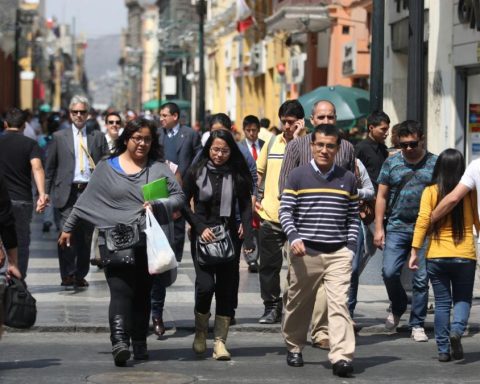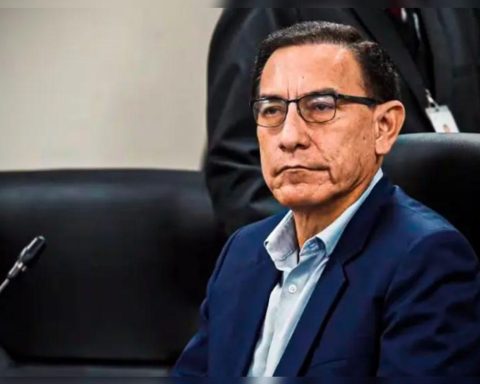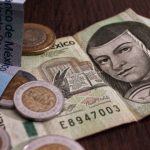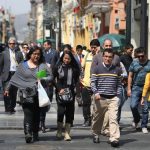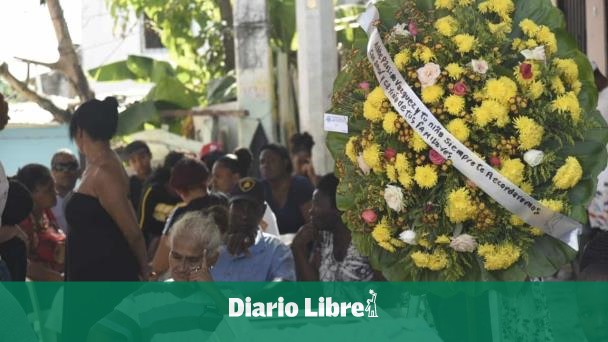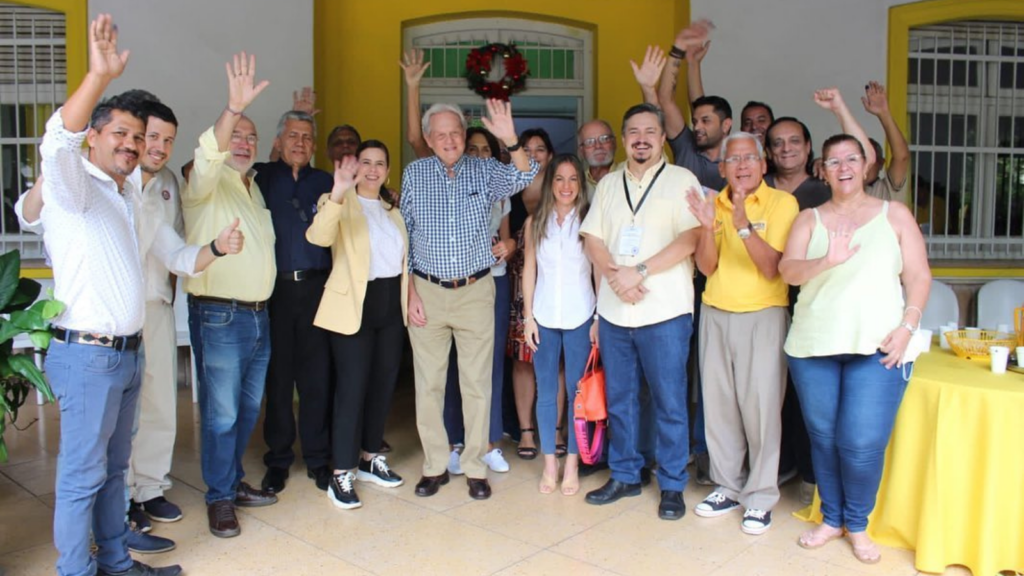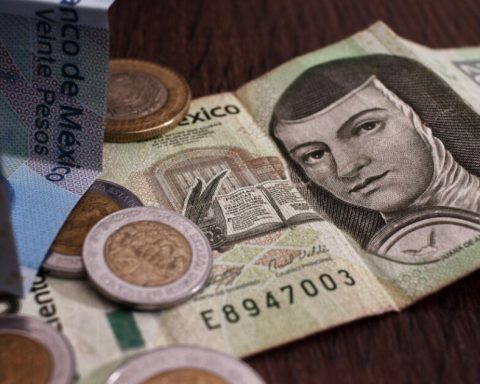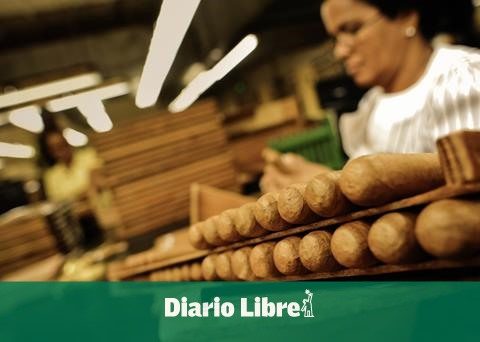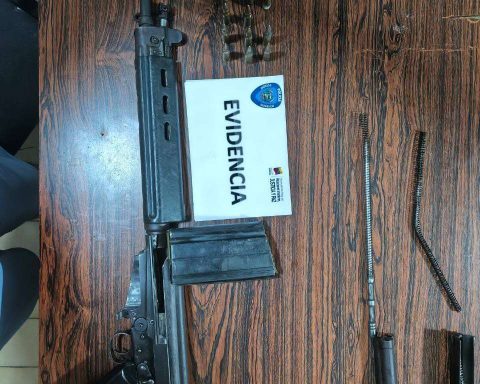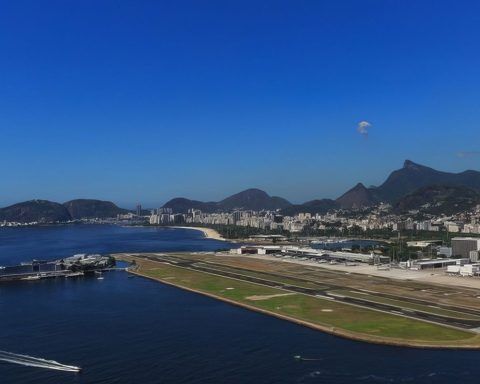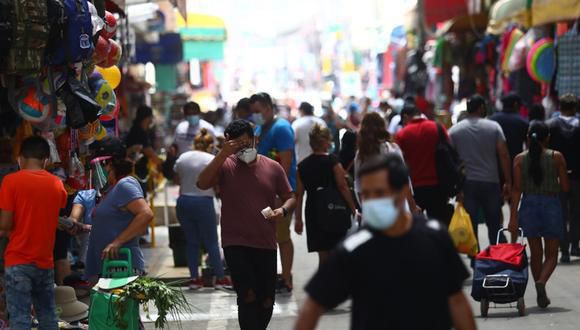
In the last 100 years, real GDP has grown at an average annual rate of 3.8 percent, reported the Central Reserve Bank of Peru (BCR).
“The stages of greatest growth coincide with periods of high prices for our export products, particularly metals; and economic policies oriented to a market economy”, highlighted the monetary entity.
He also specified that the decade with the greatest GDP expansion was 2001-2010 (5.6% annual average), followed by 1951-1960 (5.5%).
SIGHT: Christmas: How to protect your cards during end-of-year shopping?
Within the framework of its centenary of foundation, the Central Reserve Bank of Peru (BCRP) published the statistics of the last 100 years of the main macroeconomic variables of the country.
average inflation
Regarding inflation, Peru registered an annual average of 27.1% in the last 100 years, with a median of 7.0%. In this period, the deflation of the second half of the 1920s until 1933 stands out; the increase in inflation in the 1940s and 1970s, the hyperinflation between 1988 and 1990 (average of 3.337%); and the subsequent slowdown, which between 1991 and 2000 was reduced to 24%.
From 2001 to 2021, average annual inflation fell to 2.7%, a level comparable to that of developed economies. It should be noted that since 2002 the Central Bank has carried out monetary policy within the framework of the explicit inflation targeting scheme.
RECOMMENDED VIDEOS
